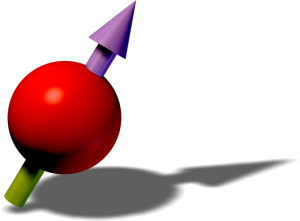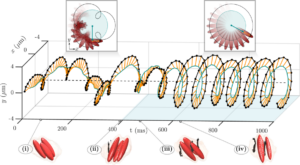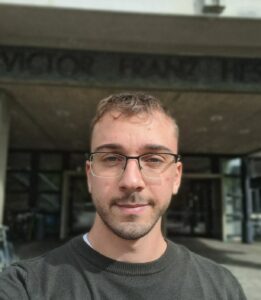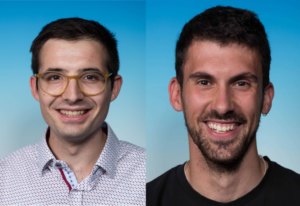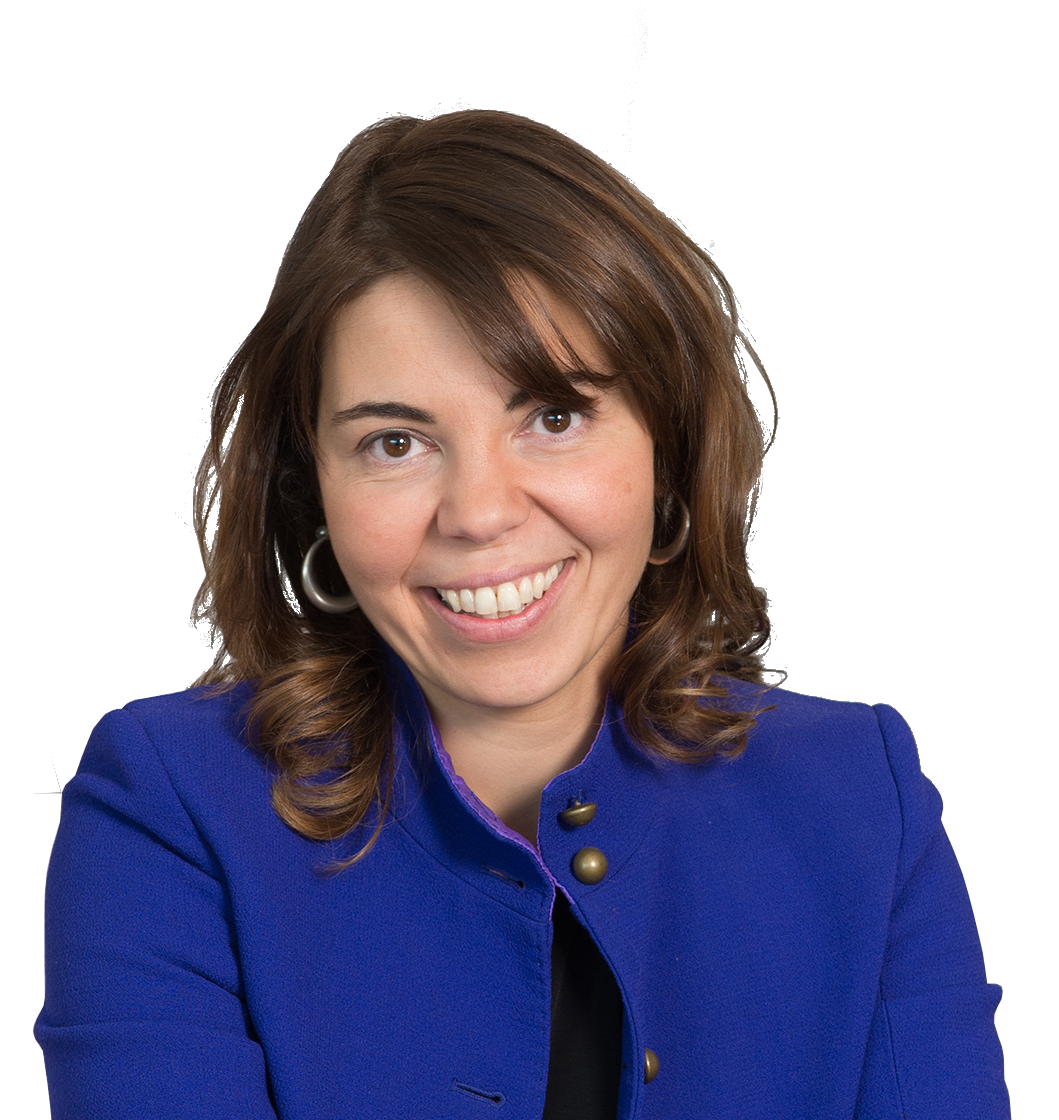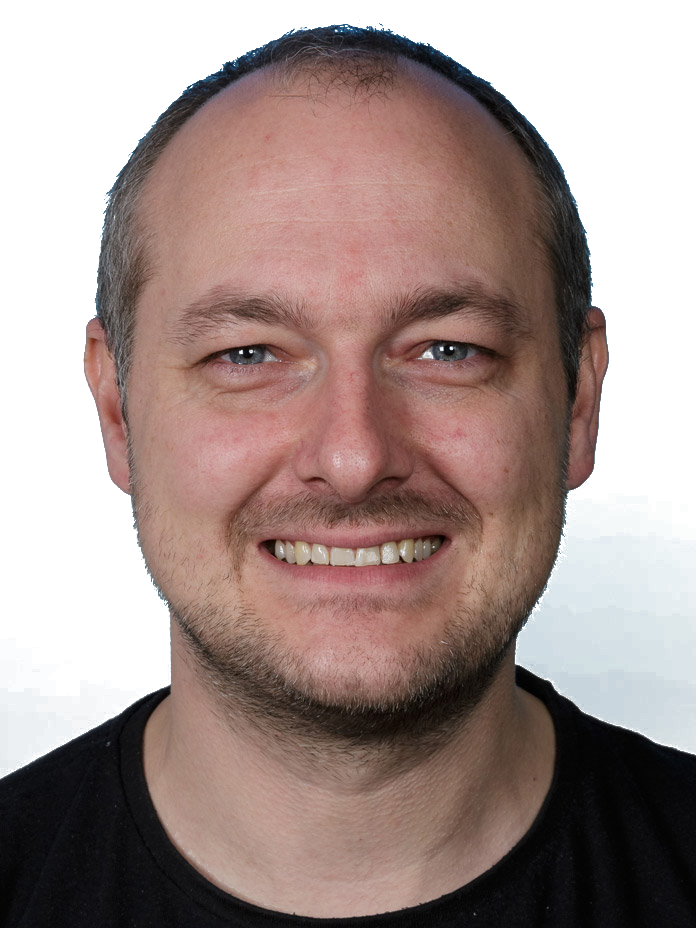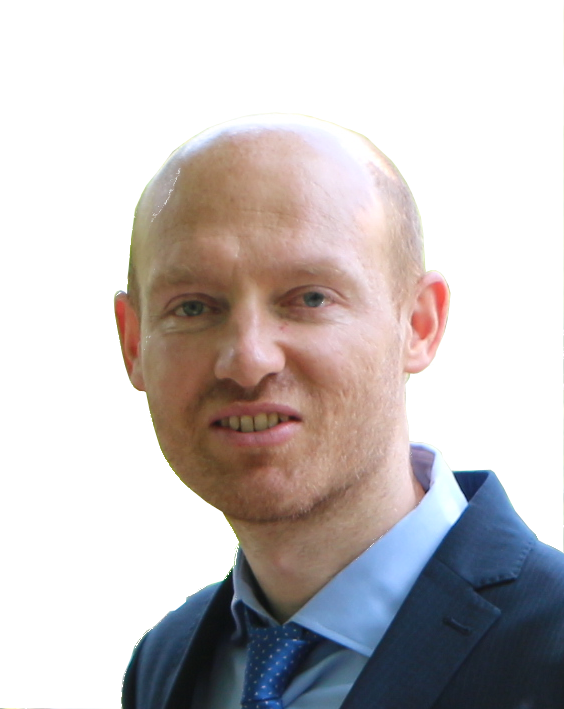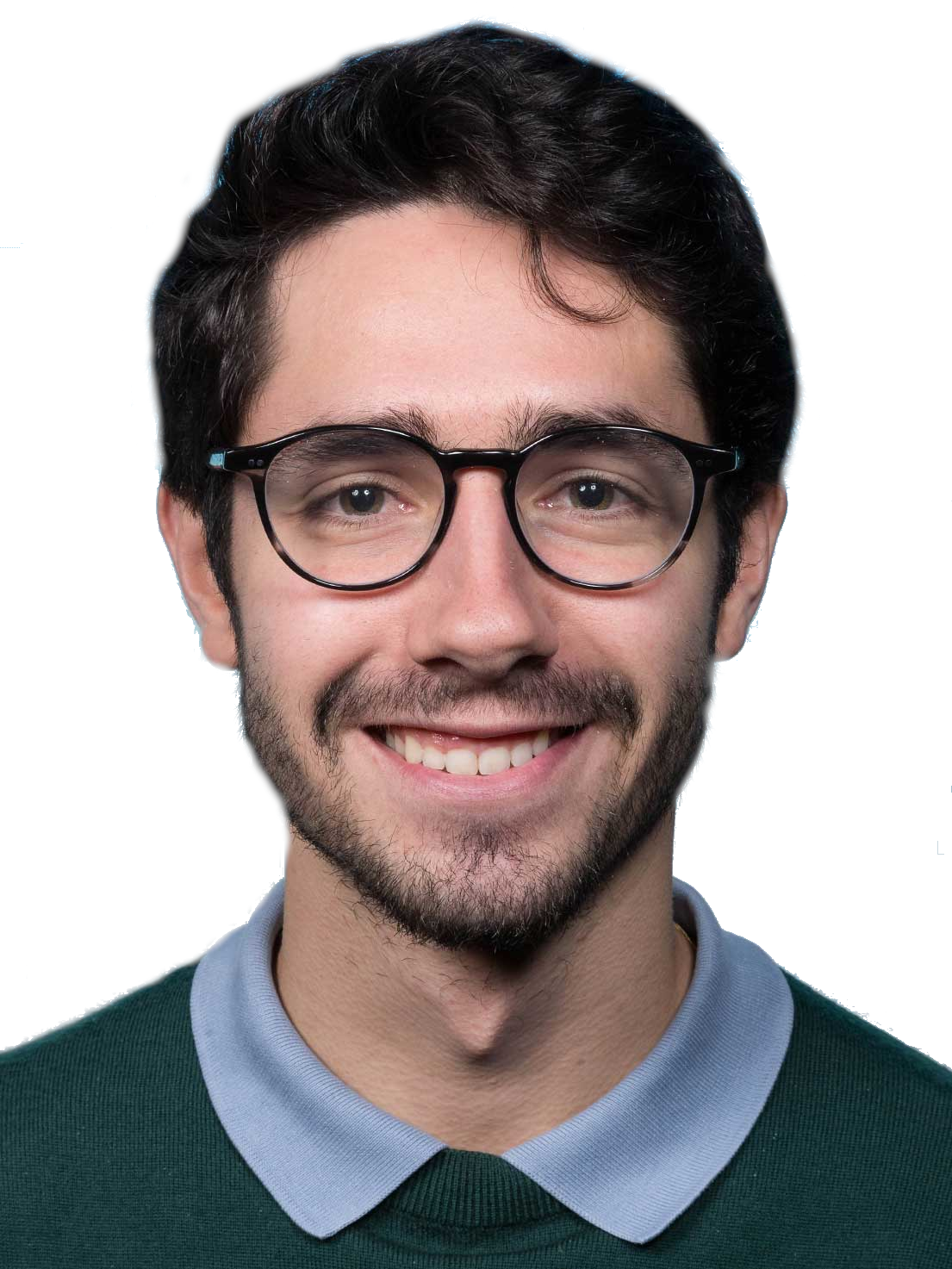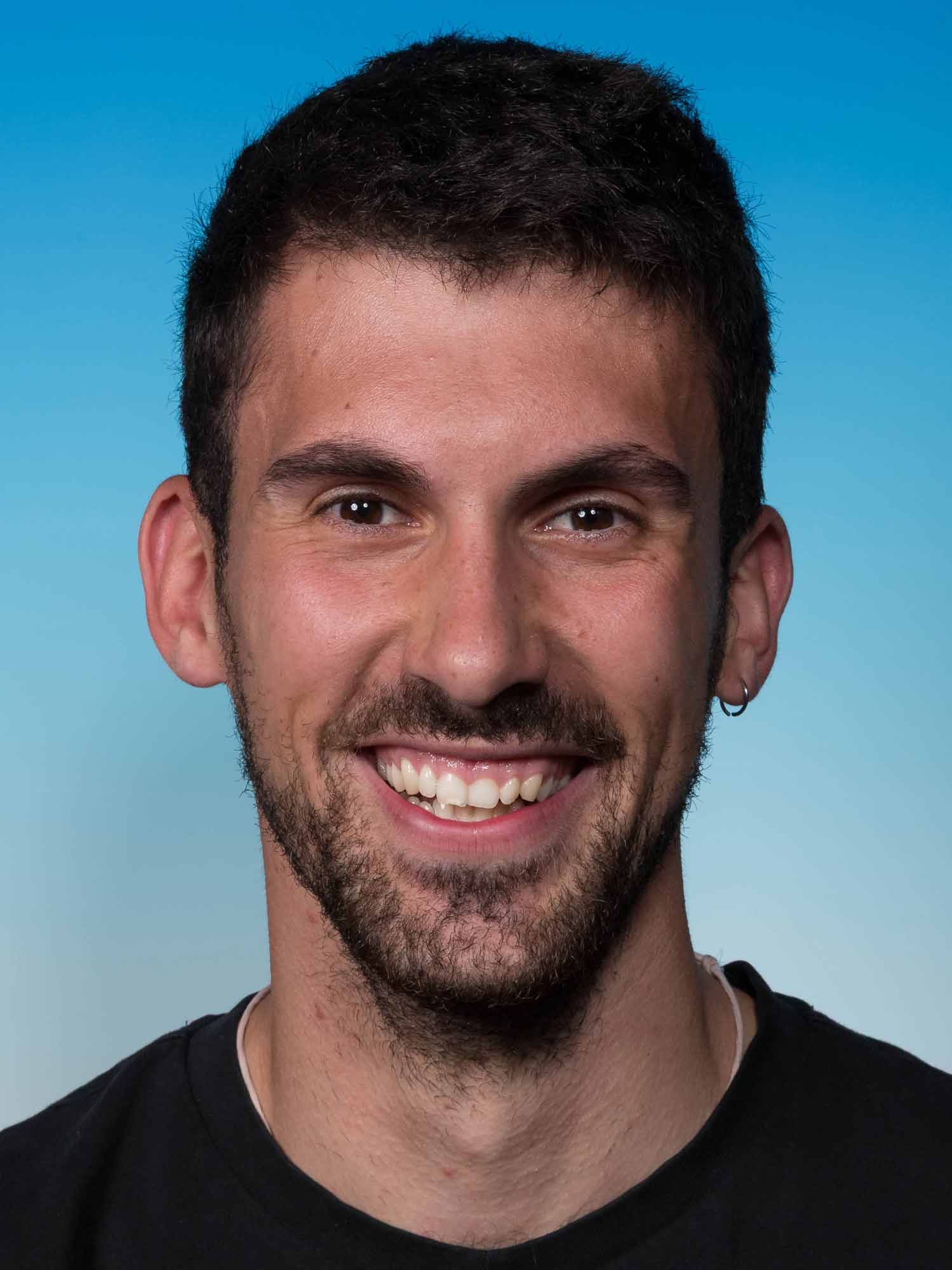In our theory group, we use state-of-the-art numerical and analytical techniques to (i) understand the behaviour of ultracold dipolar atoms, and (ii) to then explore their potential for quantum simulation. Working in close collaboration with the ERBIUM, Er-Dy and T-REQs labs, we also help guide future experiments towards the exciting and yet-unexplored phenomena in dipolar quantum matter.
Supersolids
The theory group’s first major focus was on demystifying two-dimensional supersolidity. Employing variational methods, we explored the transition from one- to two-dimensional droplet arrays. Additionally, our development of a new finite temperature theory allowed us to probe evaporative cooling directly into the supersolid phase. This breakthrough culminated in our pioneering observation of a 2D supersolid within a circular trap [1]. Building on these results, we were able to investigate whether angular oscillations could probe the superfluid nature of dipolar supersolids [2], and vortex formation within the supersolid phase [3]. We then extended these studies to two-component dipolar systems, which are also predicted to also exhibit a supersolid phase. A major goal of the theory group is to definitively answer the question, “How solid is a supersolid?”
Beyond the supersolids produced in the lab, neutron stars are also predicted to have a supersolid component, which manifests as glitches in their rotational frequency. We were able to numerically simulate this enigmatic cosmic phenomenon with ultracold dipolar atoms, establishing a strong link between quantum mechanics and astrophysics and pave the way for quantum simulation of stellar objects from Earth [4].
Lattice Physics and Quantum Simulation
With the ERBIUM lab, we have developed a discrete-one-dimensional model for strongly dipolar gases in a 1D lattice, elucidating new droplet and soliton phases in this system, explaining the observations from the erbium experiment.
More recently, we have been exploring the rich world of quantum simulation with dipolar quantum atoms in an optical lattice. This follows the upswell of interest in developing these systems to emulate physics ranging from the extended Fermi-Hubbard model of solid state physics, to gauge theories in high energy physics. In particular, by using tensor network methods we are currently exploring the exotic quantum phases and anisotropic behaviour enabled by long-range dipolar interactions [5].
[1] For a general overview of the dipolar supersolid phase, see our writeup and this German-language popular science article. See also the press releases by UIBK and Physics Magazine. This work was published in Physical Review Letters, and the preprint can be found on the arXiv.
[2] For a general overview on angular oscillations of the dipolar supersolid, see our writeup. This work was published in Physical Review Letters, and the preprint can be found on the arXiv.
[3] For a general overview of vortex formation in the dipolar supersolid, see our writeup, and the press release by the Austrian Academy of Sciences. This work was published in Nature Physics, and the preprint can be found on the arXiv.
[4] For a general overview of the connection between glitches in the supersolid and neutron stars, see our writeup, and the press releases by UIBK and Phys.org. This work was published in Physical Review Letters, and the preprint can be found on the arXiv.
[5] For a relevant publication by our collaborators, see the following paper in Physical Review B.
A full list of the Theory group publications can be found here.
Interested in joining us? Check out our open positions here.
